Even Cheap Walking Robots Can Now Help You Carry Your Groceries
Viswamitra Jayavant - Mar 01, 2019
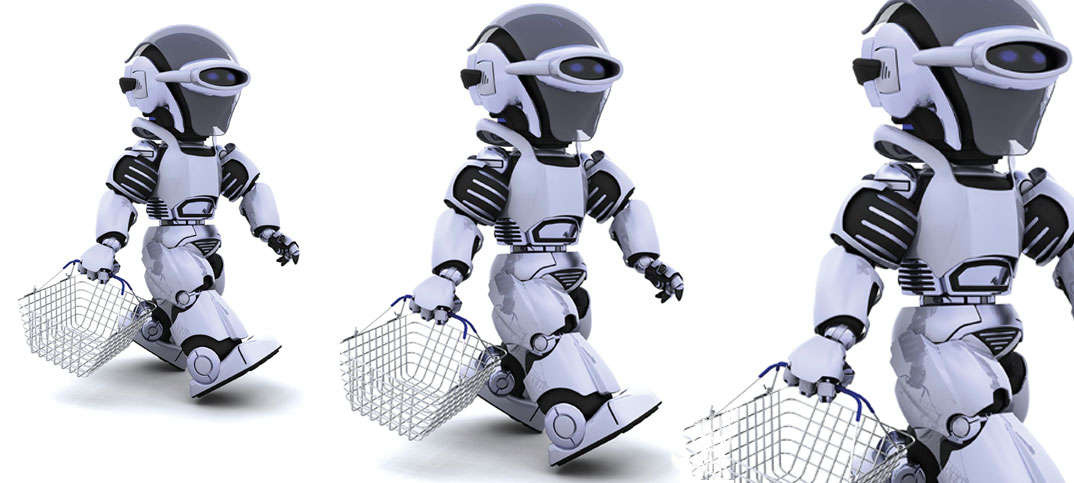
The works done by Pounds and her team will be a valuable contribution to aiding with the popularisation of robots.
- Cafe In Tokyo With Robot Waiters Controlled By Disabled Staff
- Best Robot Vacuums In India To Clean Carpets, Wood Floor And Pet Hair
- AI Is Being Trained To Identify Faces In The Dark Using Thermal Images
The Trouble of Affordability
A team from the University of Queensland had taken the task upon themselves to find different ways so as to make robots as affordable as possible. One of the ways explored was the plan to create a simple, two-legged (Bipedal) robotic structure so as to reduce costs optimally.
According to Pauline Pounds - the Associate Professor of the University of Queensland,

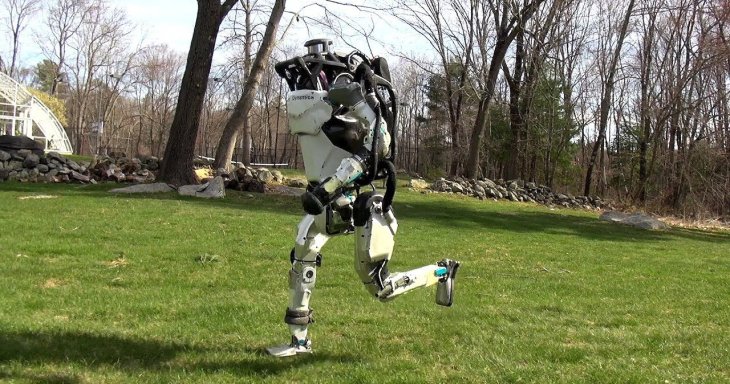
That’s not a price tag that the average Joe or Jane could buy.
And that thought frustrated Pauline Pounds who spearheaded the project.

Turns out, walking for robots is not simple for robots. Frankly, building a robot from scratch is the easier part of the job meanwhile, designing and programming the robot in a fashion that it can walk naturally (or walk at all) on two legs is the difficult part.


The thing about the walkers at other companies is that they’re not meant to be commercially used or viable. They’re simply prototypes that act as either testing platforms for researchers to toy with new designs or proofs of concept to parties who might be interested in the technology, like the military, for example.
That means little expenses were spared in order to acquire the best sensors and actuators possible for the job. Not only that, but the walking mechanism of most of these machines are enhanced beyond the scope of what the average consumers might need for the moment in time.

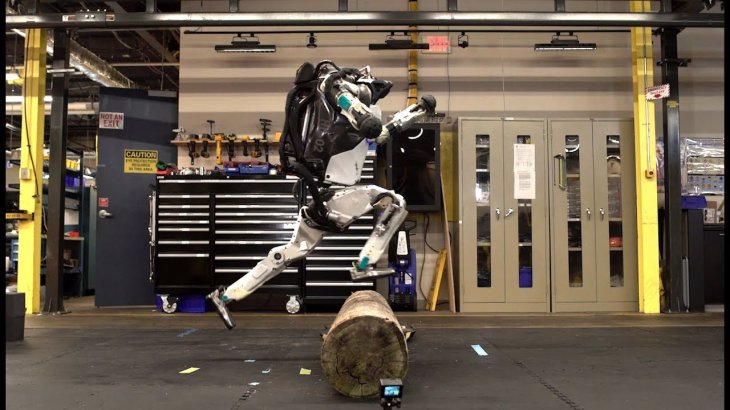
It was no surprise the price tag eventually climbed to a point where affordability is no longer part of the various systems’ attributes.
Design of the Solution
Now, though, the cost is the chief objective of the Australian’s researchers while maintaining as much practicability as possible at the reduced price tag. Instead of sophisticated sensors, the proposed system uses cheap moment gyroscopes to keep the robot from pitching over. The orientational data provided by the gyroscopes also allow the robot to know where it is, and where it should go next in accordance with its programming.
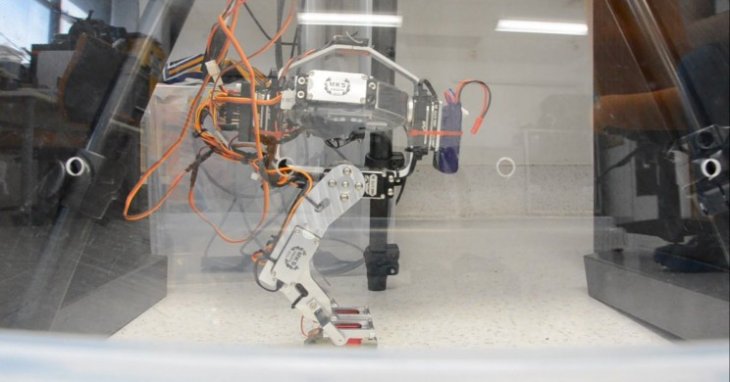
For now, the project is only producing and testing on a small scale prototype the size of a chicken to prove the viability of their design. These prototypes will serve primarily as proof that the prescribed engineering, design, and scientific challenges had been solved. Paving the way forward to human-sized robots that Pounds hoped:

Possible Applications
One of the smart aspects of the team’s design is that it was completely scalable: “… we could size the robot up or down to suit the particular application and need - from something the size of a rat, up to a human-piloted machine as big as a mining haul truck.”

Indeed, it is quite ridiculous to think a shopping assistant robot which would most likely spend the entirety of its existence in flat terrains of the urban that can do alpine climbing effortlessly.
Though Pounds’ design was stripped down to bare minimums, it is considerably more adaptive than some models of the past owing to its bipedal design. Unlike Marty the Supermarket Assistant, which can be defeated at the mere presence of a slight bump on its way, Pounds’ proposal can handle slightly rougher terrains.
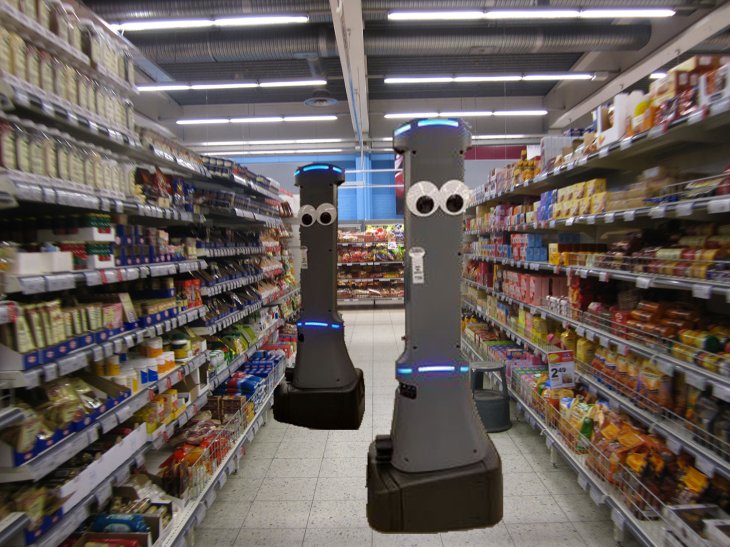
The paper written by the team can answer some key questions surrounding affordability in general robotics, not just commercial alone. The spectrum of applications the findings of the paper can find itself in is nearly limitless in the envelopment of robotics. In the recent decade, we’ve had many inklings as to what we can leverage from robots. After all, we’ve built bipedal robots that can backflip and walk through fires. The works done by Pounds and her team will be a valuable contribution to aiding with the popularisation of robots.
Nonetheless, it doesn’t mean that Pounds’ robots are without their specialty. They seem to be leaning more towards aged care. In this day and age where the global population is aging, robots can be the perfect answer to providing basic care for elders, especially in the lifting department.
Featured Stories

Features - Jul 01, 2025
What Are The Fastest Passenger Vehicles Ever Created?

Features - Jun 25, 2025
Japan Hydrogen Breakthrough: Scientists Crack the Clean Energy Code with...

ICT News - Jun 25, 2025
AI Intimidation Tactics: CEOs Turn Flawed Technology Into Employee Fear Machine

Review - Jun 25, 2025
Windows 11 Problems: Is Microsoft's "Best" OS Actually Getting Worse?

Features - Jun 22, 2025
Telegram Founder Pavel Durov Plans to Split $14 Billion Fortune Among 106 Children

ICT News - Jun 22, 2025
Neuralink Telepathy Chip Enables Quadriplegic Rob Greiner to Control Games with...

Features - Jun 21, 2025
This Over $100 Bottle Has Nothing But Fresh Air Inside

Features - Jun 18, 2025
Best Mobile VPN Apps for Gaming 2025: Complete Guide

Features - Jun 18, 2025
A Math Formula Tells Us How Long Everything Will Live

Features - Jun 16, 2025
Comments
Sort by Newest | Popular